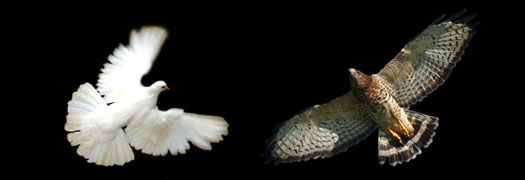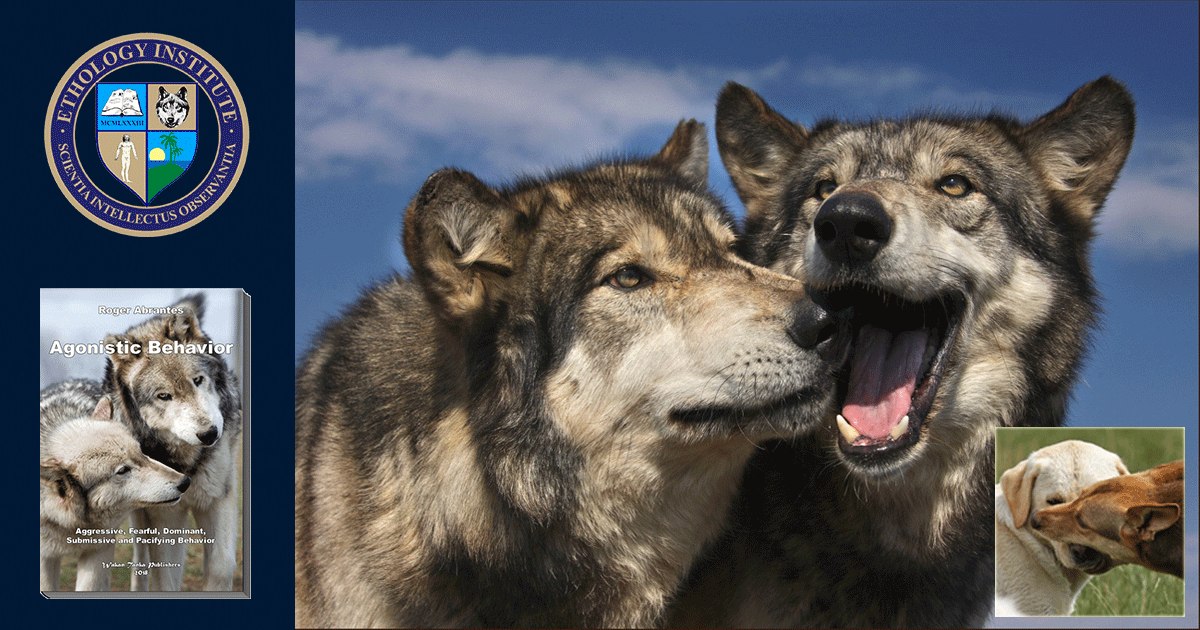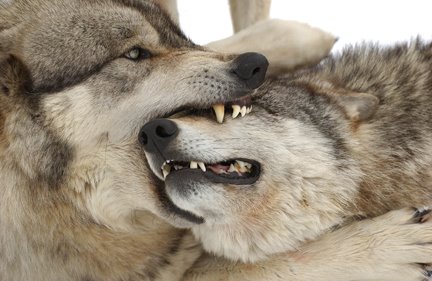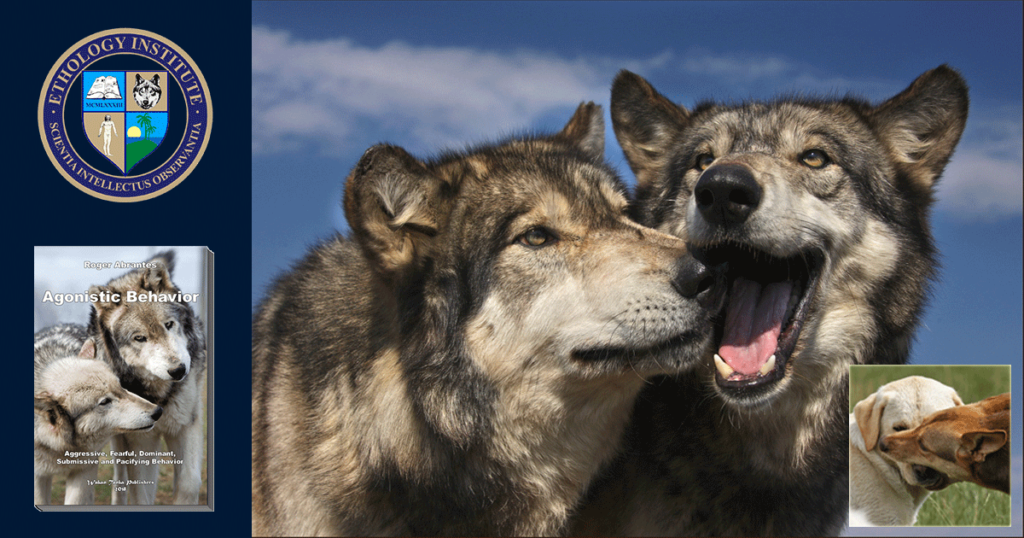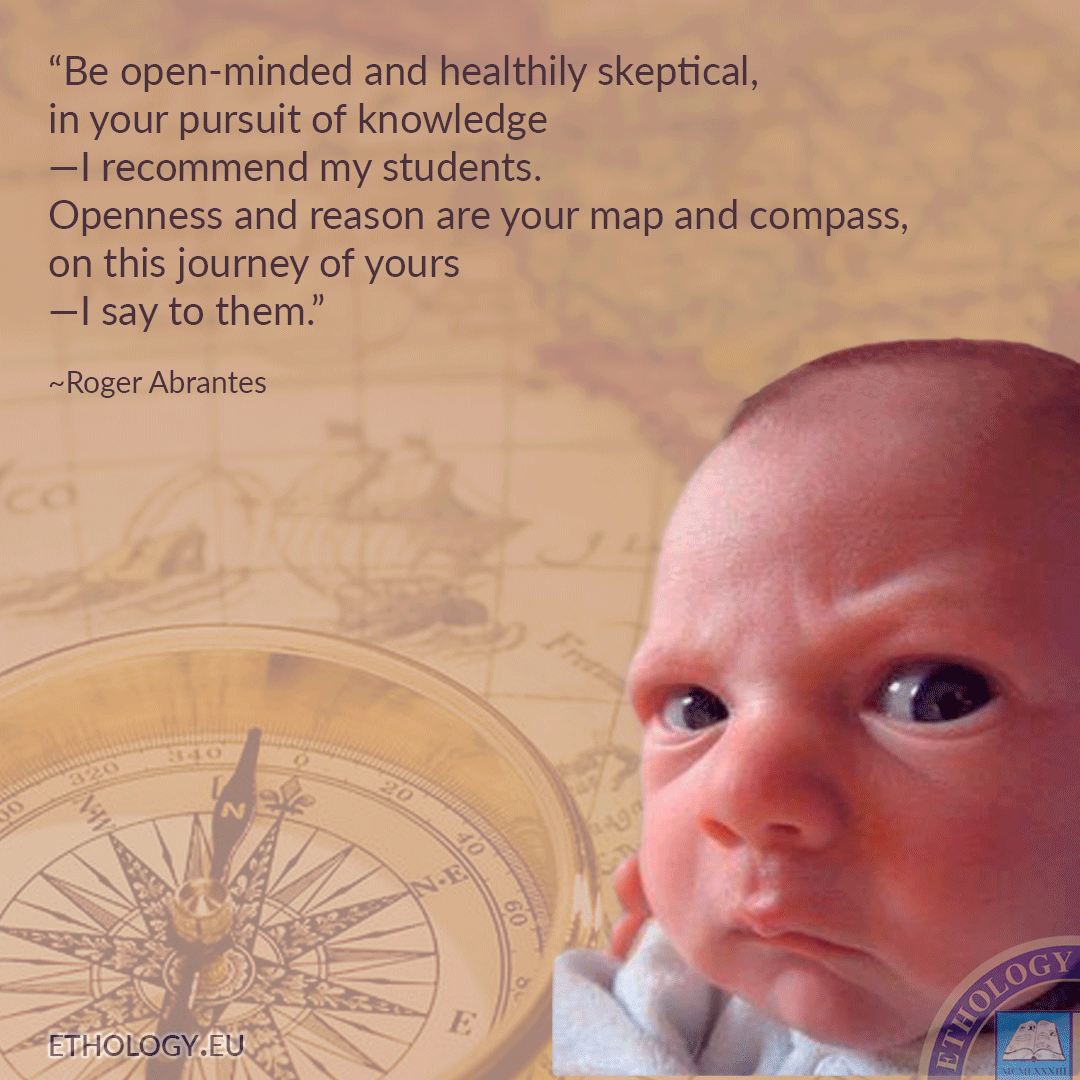An evolutionarily stable strategy (ESS) is a strategy that no other feasible alternative strategy can better, provided sufficient members of the population adopt it. The best strategy for an individual depends upon the strategies adopted by other members of the population. Since the same applies to all individuals in the population, a mutant gene cannot invade a true ESS successfully.
Evolutionary biologists imagine a time before a particular trait existed. Then, they postulate that a rare gene arises in an individual and ask what circumstances would favor the spread of the gene throughout the population. If natural selection favors the gene, then the individuals with the genotypes incorporating that gene will have increased fitness. A gene must compete with the existing members of the gene pool and resist invasion from other mutant genes, to become established in a population’s gene pool.
In considering evolutionary strategies that influence behavior, we visualize a situation in which changes in genotype lead to changes in behavior. By ‘the gene for sibling care’, we mean that genetic differences exist in the population such that some individuals aid their siblings while others do not. Similarly, by ‘dove strategy,’ we mean that animals exist in the population that do not engage in fights and that they pass this trait from one generation to the next.
At first sight, it might seem that the most successful evolutionary strategy will always spread through the population and eventually supplant all others. While this may sometimes be the case, it is far from always being so. Sometimes, it may even not be possible to determine the best strategy. Competing strategies may be interdependent. The success of one depends upon the existence of the other and the frequency with which the population adopts the other. For example, the strategy of mimicry has no value if the warning strategy of the model is not efficient.
Game theory belongs to mathematics and economics, and it studies situations where players choose different actions in an attempt to maximize their returns. It is a good model for evolutionary biologists to approach situations in which various decision makers interact. The payoffs in biological simulations correspond to fitness, comparable to money in economics. Simulations focus on achieving a balance that would be maintained by evolutionary strategies. The Evolutionarily Stable Strategy (ESS), introduced by John Maynard Smith in 1973 (and published in 1982), is the most well known of these strategies. Maynard Smith used the hawk-dove simulation to analyze fighting and territorial behavior. Together with Harper in 2003, he employed an ESS to explain the emergence of animal communication.
An evolutionarily stable strategy (ESS) is a strategy that no other feasible alternative strategy can better, provided sufficient members of the population adopt it.
The traditional way to illustrate this problem is the simulation of the encounter between two strategies, the hawks and the doves. When a hawk meets a hawk it wins on half of the occasions, and it loses and suffers an injury on the other half. Hawks always beat doves. Doves always retreat against hawks. Whenever a dove meets another dove, there is always a display, and it wins on half of the occasions. Under these rules, populations of only hawks or doves are no ESS. A hawk can invade a population made up entirely of doves and a dove can invade a population of hawks only. Both would have an advantage and would spread in the population. A hawk in a population of doves would win all contests. A dove in a population of hawks would never get injured because it wouldn’t fight.
However, it is possible for a mixture of hawks and doves to provide a stable situation when their numbers reach a certain proportion of the total population. For example, with payoffs as winner +50, injury -100, loser 0, display -10, a population consisting of hawks and doves (or individuals adopting hawk and dove strategies) is an ESS whenever 58,3% of the population are hawks and 41,7% doves. Or alternatively, when all individuals behave at random as hawks in 58,3 % of the encounters and doves in 41,7%.
Evolutionarily stable strategies are not artificial constructs. They exist in nature. The Oryx, Oryx gazella, have sharp pointed horns, which they never use in contests with rivals and only in defense against predators. They play the dove strategy. Up to 10% per year of Muskox, Ovibos moschatus, adult males die as a result of injuries sustained while fighting over females. They play the hawk strategy.
Peer-to-peer file sharing is a good example of an ESS in our modern society. BitTorrent peers use Tit for Tat strategy to optimize their download speed. Cooperation is achieved when upload bandwidth is exchanged for download bandwidth.
Life is a box of wonder and amazement, isn’t it?
Featured image: The traditional way to illustrate Evolutionarily Stable Strategies is the simulation of the encounter between two strategies, the hawk and the dove.
Learn more in our course Ethology. Ethology studies the behavior of animals in their natural environment. It is fundamental knowledge for the dedicated student of animal behavior as well as for any competent animal trainer. Roger Abrantes wrote the textbook included in the online course as a beautiful flip page book. Learn ethology from a leading ethologist.


